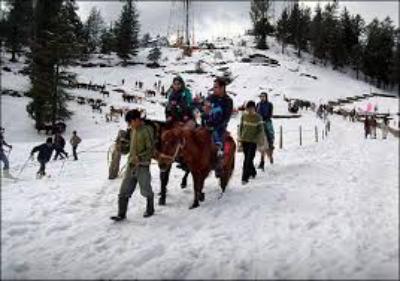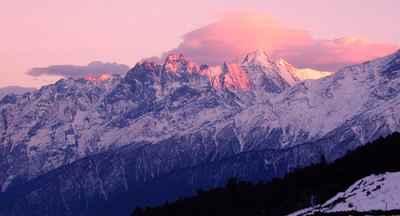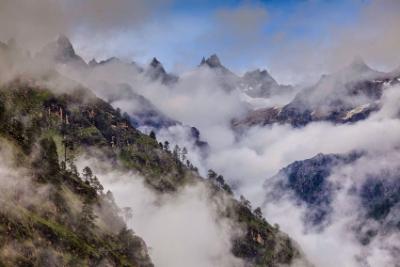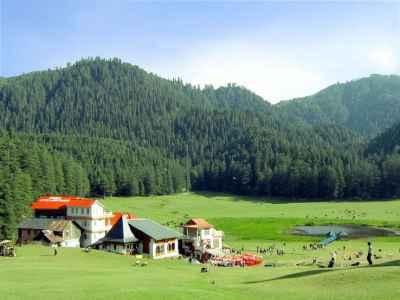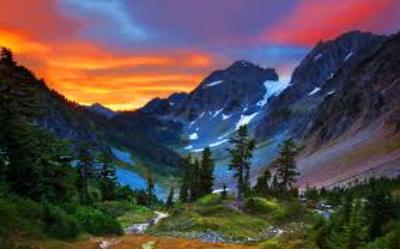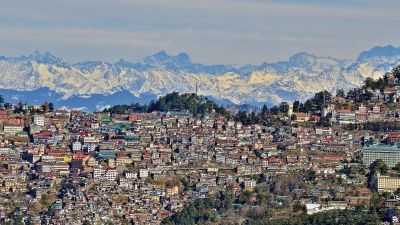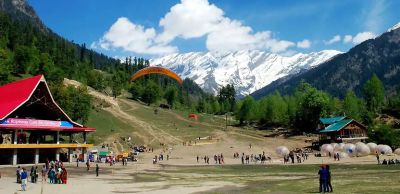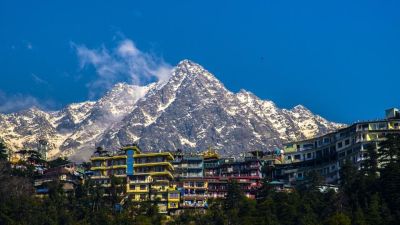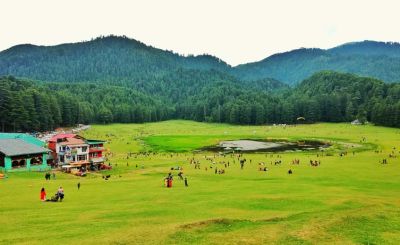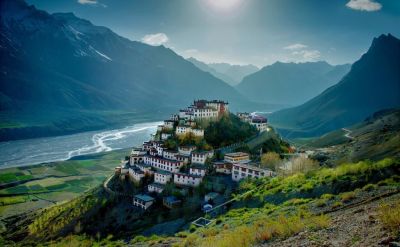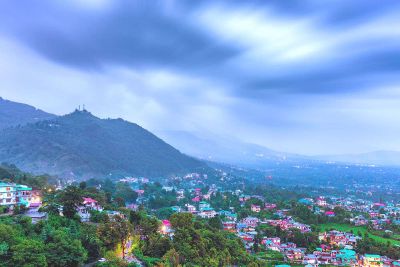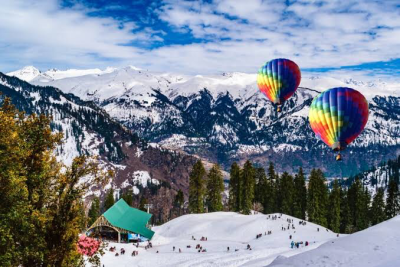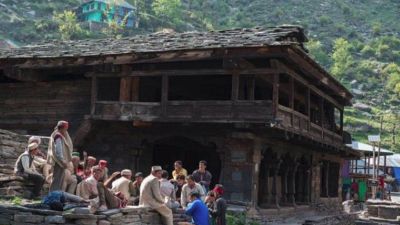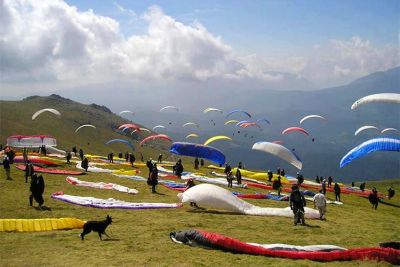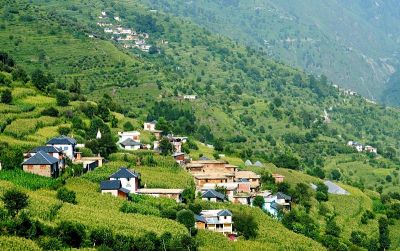The Religious Syncretism of Himachal Pradesh's Sacred Sites
Situated amidst the breathtaking hills of the western Himalayas, Himachal Pradesh is not just a paradise for nature lovers and adventure seekers but also a land of great religious significance. This enchanted state is home to several sacred sites that reflect the unique religious syncretism and spiritual diversity that exists in India. From age-old temples to monasteries, each place of worship showcases a beautiful blend of different faiths and cultures. Let's explore the religious syncretism of Himachal Pradesh's sacred sites.
1. Hidimba Devi Temple, Manali
Nestled amidst the lush greenery of Manali, the Hidimba Devi Temple is dedicated to Hidimba, the demon queen from the epic Mahabharata. The temple's architecture reflects a striking amalgamation of Hindu and Buddhist influences. While the exterior of the temple is built in a traditional wooden style, the sanctum sanctorum houses an ancient stone idol of Hidimba Devi, adorned with Buddhist prayer flags and symbols.
2. Key Monastery, Spiti Valley
Perched atop a hill at an altitude of 4,166 meters, the Key Monastery in Spiti Valley is a prominent Tibetan Buddhist monastery. This ancient monastery, dating back to the 11th century, showcases the harmonious blend of Tibetan Buddhism and Indian influences. The monastery's architecture is a mix of traditional Tibetan and Indian styles, with vibrant murals, thangkas (scroll paintings), and a collection of rare manuscripts.
3. Masroor Rock Cut Temple, Kangra
The Masroor Rock Cut Temple, also known as the Himalayan Pyramid, is a unique archaeological wonder in Himachal Pradesh. This ancient temple complex features a series of monolithic rock-cut temples that resemble the iconic temples of Ellora in Maharashtra. The intricate carvings on the temple walls depict scenes from Hindu mythology, showcasing the amalgamation of Hindu and Buddhist art forms.
4. Baijnath Temple, Kangra
Dedicated to Lord Shiva, the Baijnath Temple in Kangra is one of the most significant temples in the region. This temple complex is a stunning example of Nagara-style architecture, adorned with intricate carvings and sculptures. The temple also houses a small shrine dedicated to Lord Krishna, highlighting the syncretism between Shaivism and Vaishnavism.
5. Gurudwara Manikaran Sahib, Kullu
Situated in the Parvati Valley, the Gurudwara Manikaran Sahib holds immense religious importance for Sikhs. The gurudwara is believed to be visited by Guru Nanak Dev, the founder of Sikhism. The hot springs of Manikaran are also known for their healing properties. What makes this place truly unique is its harmonious coexistence of Sikhism and Hinduism. Pilgrims from both faiths come here to seek blessings and take a dip in the sacred hot springs.
6. Rewalsar Lake, Mandi
Located in the Mandi district, Rewalsar Lake is a sacred site for Hindus, Buddhists, and Sikhs. The lake is surrounded by numerous monasteries, temples, and gurudwaras, reflecting the syncretism of these religions. The major attractions include the Rewalsar Monastery, built in a Tibetan architectural style, the Guru Gobind Singh Gurudwara, and the Lomesh Rishi Temple dedicated to Lord Shiva.
7. Christ Church, Shimla
Although not representing religious syncretism in the traditional sense, Christ Church in Shimla showcases the influence of British colonial architecture mixed with Christian symbolism. Built in the neo-Gothic style, this church is one of the oldest churches in North India. It stands as a testimony to the cultural interchange between India and the British Empire during the colonial era.
Conclusion
Himachal Pradesh's sacred sites truly exemplify the religious syncretism and cultural assimilation that has taken place over centuries. The state's temples, monasteries, and gurudwaras stand as testimonies to the harmonious coexistence of different faiths and the beauty of cultural diversity. By visiting these sacred sites, one can experience the spiritual richness and learn about the fascinating history of religious syncretism in the region.
So, pack your bags and set out on a spiritual journey to explore the religious syncretism of Himachal Pradesh's sacred sites. Don't forget to share your amazing experiences with your friends and family!
Disclaimer : The information provided in this blog is for general informational purposes only. While we strive to keep the content accurate and updated, TravelSetu assumes no liability for errors or omissions. If you believe any part of this blog infringes your rights or causes concern, please notify us immediately at info[at]travelsetu[dot]com so that appropriate action can be taken.

